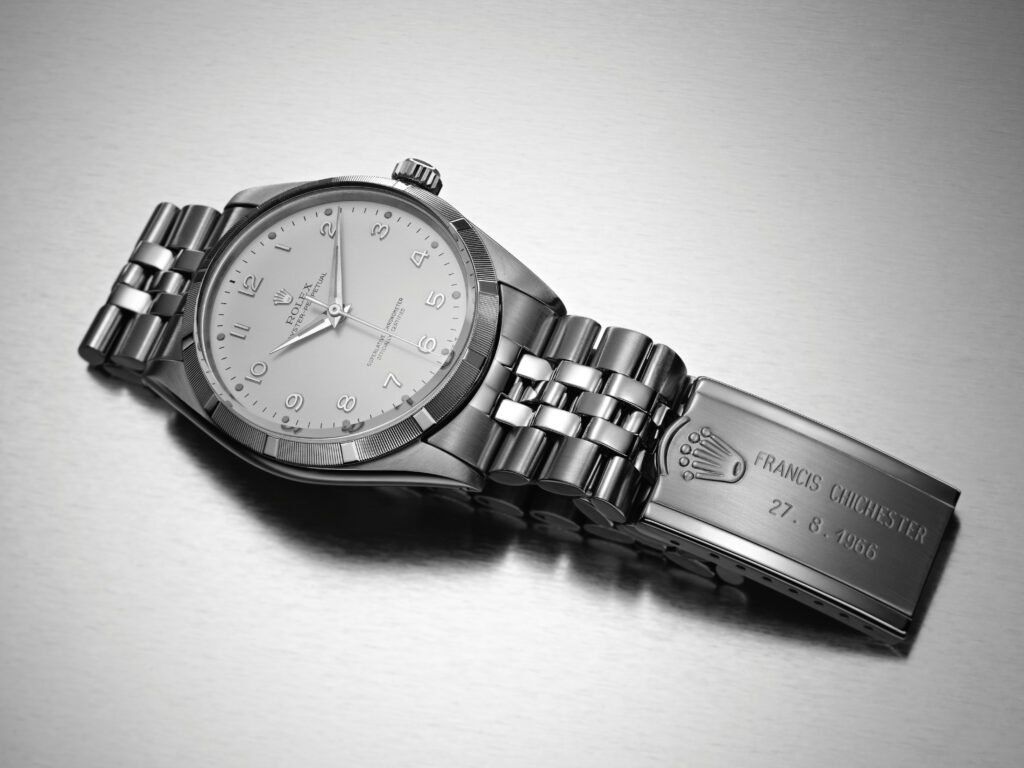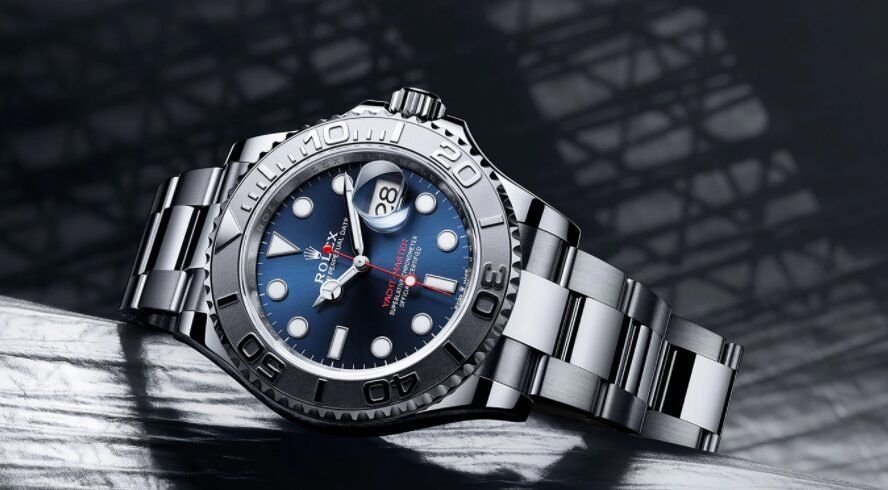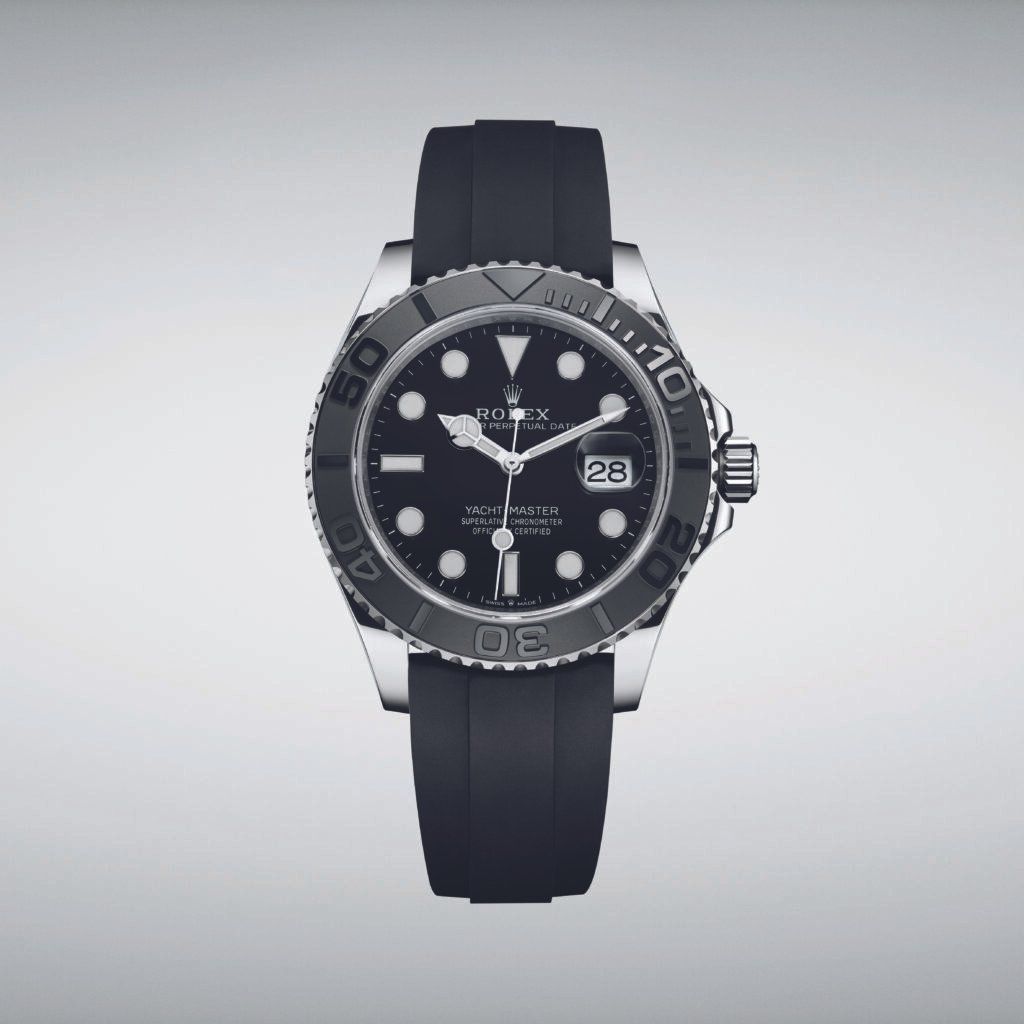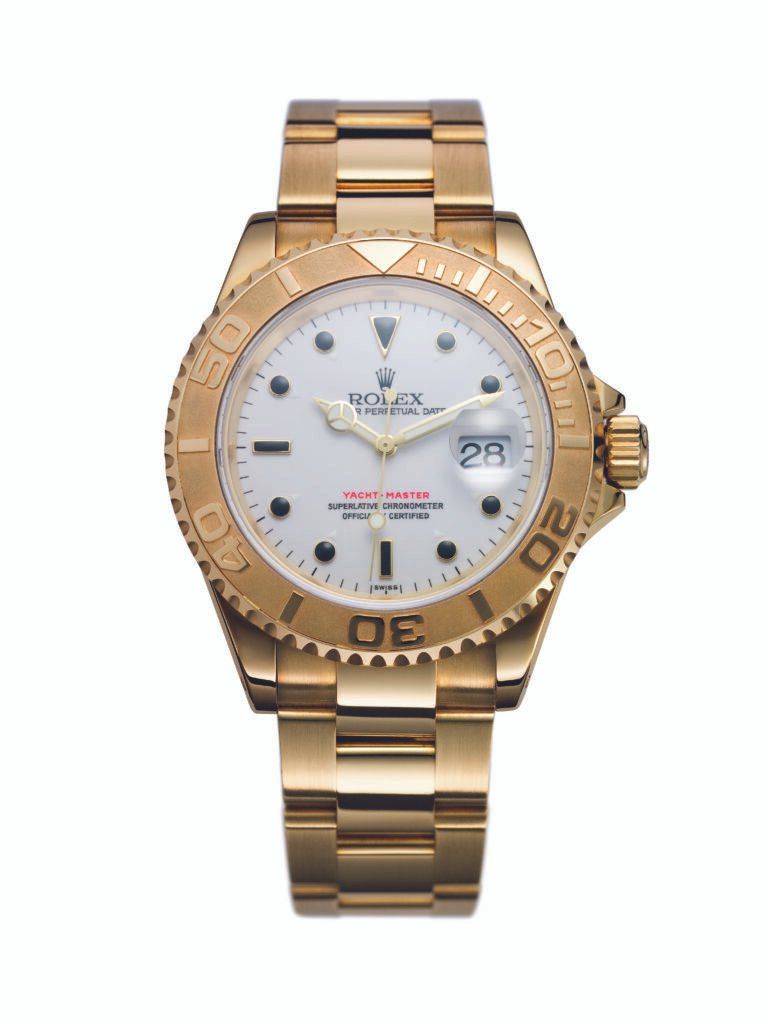Rolex: The Evolution of the Yacht-Master
What makes a Rolex so unique and coveted as a brand on a global level? Apart from the class, it adds to your personality, the true worth lies in its intricacies and the making. It only releases all-new designs on a very rare basis; in fact, the last model launched before the Yacht-Master was the Rolex Daytona in 1964. The Yacht-Master debuted in 1992, therefore it took the brand 28 years to come up with a completely new model! To put things in perspective, it took them nearly 20 years to create another all-new model, the Sky-Dweller, which was unveiled in 2012.

It also produced a brand-new stainless steel and platinum Yacht-Master with a cobalt blue sunray dial in 2012, and it became an immediate masterpiece. While we talk about the evolution of the Yacht-Master, we can trace its history back to 1967.
The Evolution of The Yacht Master: From 1967 to 2021
It innovated like crazy, and one might say that they drove everything they could think of at the wall and waited to see what would stick. The original Yacht-Master is noteworthy since it was the second one to be designed on a nautical motif, following the Rolex Submariner.

Rolex designed the Yacht-Master Chronograph before the SEA-DWELLER, which is ironic. I suppose they sought to cash in on the Submariner's enormous popularity as a utility timepiece.
The original Yachtmaster resembles early Rolex Daytona models, although the Daytonas were 36mm in diameter, while the Yachtmaster was 39.5mm. The Yachtmaster Chronograph was never released by the brand in the late 1960s, but it is still a fascinating piece of their design history!
Perhaps the Submariner has been Rolex's bread and butter for the past half-century. It eventually chose to resurrect their old Yacht-Master trademark, and the rest, as they say, is history. If you look closely at the current Yacht-Master, you'll notice that it's practically identical to a Submariner in every manner!
The 40mm Yacht-Master was first presented in 1992 as a Reference 16628 in 18kt gold with a white dial and the Rolex 3135 movement, which was the same movement used in the Rolex Submariner. The Yacht-Master had a triple-lock crown and was water-resistant to 320 feet (100 meters) (10 bars).
The first Yacht-Master was marketed as a more luxurious version of the Submariner. The Submariner was designed for use below, while the Yacht-Master was designed for use above water. If the Submariner was for the Captain/Skipper, Thurston Howell III was for the Yacht-Master (The Millionaire).
In 1994, they released the Reference 69628, a 35mm "Mid-size edition" aimed for the Asian market or for those with smaller wrist sizes. In the same year, they released Reference 69628, a women's 29MM version of the Yacht-Master.

It stunned everyone when they debuted the stainless steel and platinum version at BaselWorld in 1999. Rolex refers to Rolesium as a blend of Stainless Steel and Platinum. This was the first model to reintroduce the classic Maxi Markers and fat hands. Since then, it has gradually reintroduced Maxi Markers and big hands to all sports models.

The stainless and platinum Yacht-Master dial and bezel were made of platinum, but the watch had little contrast, which presented a dilemma. It was lovely, although it appeared to be albino and lacked vibrancy. This year at BaselWorld, all of that changed when Rolex unveiled the new 40mm Reference 116622 with a striking Cobalt Blue Sunray dial. Rolex also changed the case design with this new version, giving the Yacht-Master a Super case, which means the lugs are substantially thicker.
And now, here we are the newest Yacht-Master novelty: The Oyster Perpetual. Let's deep dive into its technical prowess and features.
The Oyster Perpetual Yacht-Master: 2021 Novelty
The iconic maritime watch, the Oyster Perpetual Yacht-Master, reflects Rolex's privileged ties to the world of sailing, which date back to the 1950s. The Yacht-Master, which debuted in 1992, was created with sailors and skippers in mind.

It encapsulates the specialties that have existed between Rolex and the world of sailing since the 1950s. This watch in the Professional category, beautiful and racy, brilliantly combines functionality and nautical flair and evolves with ease both at sea and on land.
A stunningly-magnificent piece
The Yacht-Master is distinguished by its bi-directional rotating 60-minute graded bezel in relief, either formed entirely of precious metal (18 karat gold or 950 platinum) or equipped with a Cerachrom disc in technical ceramic. Against a matte background, polished graduations and numbers stand out. The bezel can be conveniently handled because of its notched rim, which provides great grip.

The Yacht-Chromalight Master's display provides an excellent reading in all lighting conditions, including in the dark. The Yacht Master's Oyster casing, with a diameter of 37 mm, 40 mm, or 42 mm and assured water resistance to a depth of 100 meters, is a model of durability and dependability. The caseband is made of solid blocks of Oystersteel steel, a corrosion-resistant alloy, or 18 karat gold.
Like all Rolex watches, the Yacht-Master is covered by Superlative Chronometer certification, which was redefined in 2015. This special designation certifies that each watch that leaves Rolex's workshops has passed a set of tests by the company in its own laboratories and according to its own criteria.
The watch's self-winding mechanical movements, calibres 2236 (Yacht-Master 37) and 3235 (Yacht-Master 40 and Yacht-Master 42) are used in Yacht-Master models. These trends have been multiple patent applications since they are concentrated in technology. Precision, autonomy, shock and magnetic field resistance, ease of use, and reliability are among the features that they offer. Its three-link system allows you to adjust the size and be comfortable, as this magnificent piece of beauty adds grandeur and oomph to your outfit.
Whether it’s a celebrity wearing these watches or it is a classic hand-me-down collection, the history of the Yacht-Master leaves us all mesmerized and high hopes of the models to come. It surely draws your attention, making you a loyal fan.
Despite its lack of historical significance, the Yacht-Master is the most authentic Rolex on the market. It has the Heiniger luxury that has helped the brand thrive and survive, rather than the Wilsdorf pragmatism that established the business. Whether Rolex aficionados want to acknowledge it, without the passion that lies at the heart of every Yacht-Master made, Rolex would not be the industry's monarch right now.
No articles found








